Expiration Dates: Fido Dido
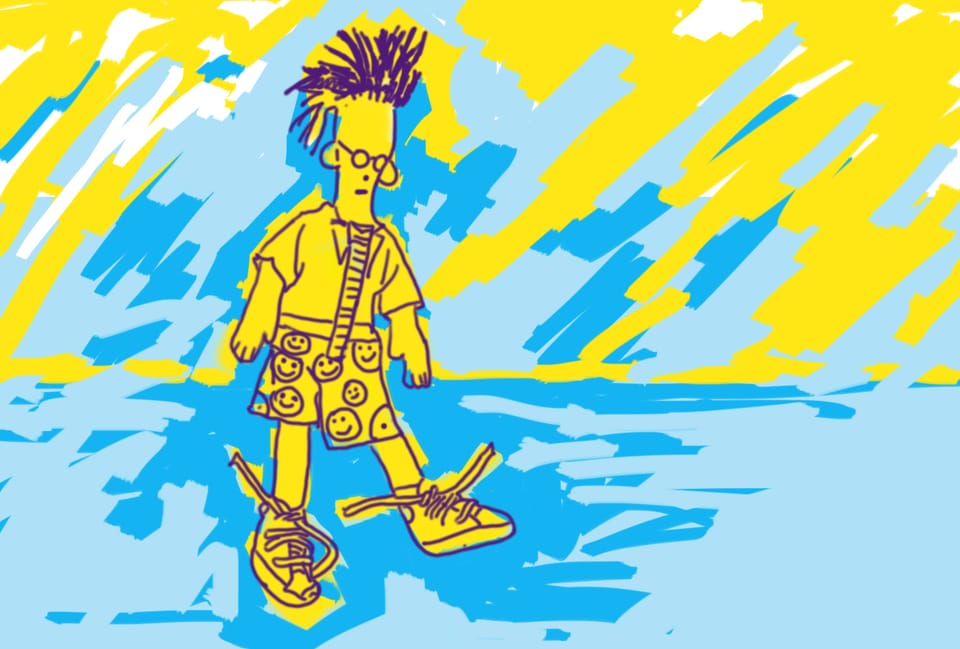
by Sahar Tavakoli.
Expiration Dates is a collaboration between The Stopgap’s obituary column and RELISH—a multidisciplinary research project aimed at Reframing European Gastronomy Legacy through Innovation, Sustainability, and Heritage.
Under the European Union’s Horizon Europe Research and Innovation Programme, RELISH explores the role of recipes, rituals, and culinary practices in the formation of European cultural identity. Gastronomy is never static. We adapt recipes according to skill level, party size, and wherewithal; we substitute ingredients in keeping with changes to availability, affordability, and desirability. Our tastes entangle with histories of trade, migration, and fashion. The “Reframing” part of RELISH, then, lies in understanding heritage not as a fixed inheritance but as a living, transformative practice.
This short-run series offers four culinary obituaries, together intended to reflect on the lives and afterlives of foods that have been celebrated, neglected, or regulated out of existence. Can a food or dish be simultaneously shameful and celebratory? Can it be brought back from the dead? Who or what gets to act as spokesperson for our food? Who, moreover, is qualified to judge its value? What follows here are reflections on the work food does—before, during, and after its disappearance.
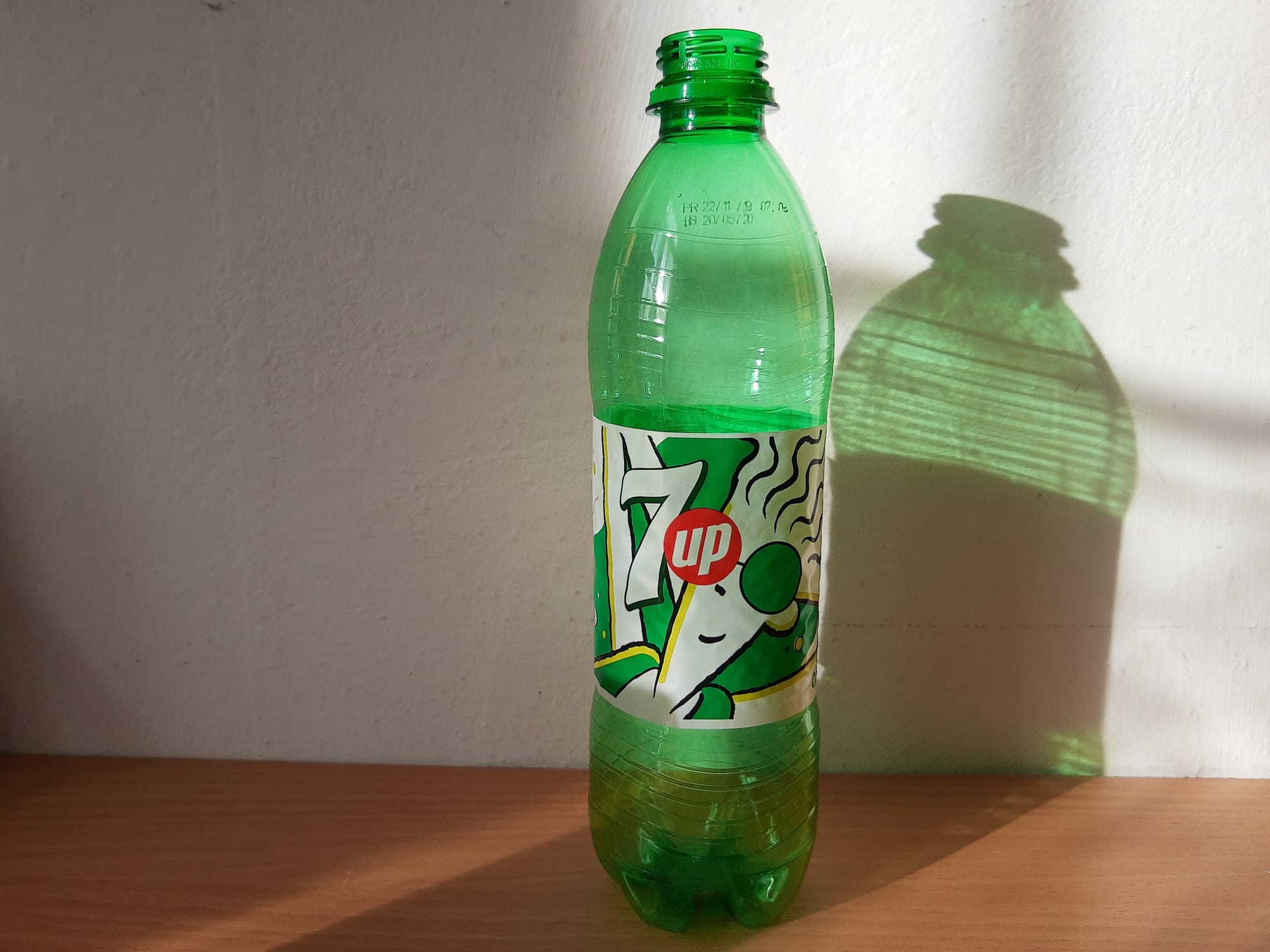
Expired #3: Fido Dido
Fido is smart. Fido is innocent. Fido is powerful.
Seventh heaven: Fido Dido has fizzled out. Born to artists Joanna Ferrone and Sue Rose on the back of a diner napkin in 1985, the 7UP mascot advertised the lemon-lime soft drink on behalf of PepsiCo until 1995.
He could be a bit Sottsassy. With a head like an inverted isosceles triangle, vertical wavy-lined hair, long limbs, clothes that hovered around his body like detached shapes, and exaggerated feet, had it not been for his dedication to a strictly black-and-white palette he might have considered a career as a Memphis Milano lamp. It was a style that marked the industrial design of the era and its new animations: his hand-drawn imperfection was reminiscent of Liquid Television programmes like Beavis and Butthead and The Head, or Nickelodeon series like Rugrats or Doug. Roger Klotz could be Fido’s mean-spirited cousin.
Fido was revealed to Ferrone and Rose over a round of after-work drinks. "Everyone seems to think that he was born when he was doodled on a cocktail napkin," wrote Fido in his characteristic third-person, "but the truth is Fido existed before he was drawn." In an early television appearance, we learn that only his head, torso, and left arm were drawn by his creators; the southpaw then takes over, completing the act of his own becoming by sketching the rest of his body into existence. As YouTube commenter VictorManuelVargasAsencio notes, the recording is both advertisement and documentary evidence. “This ad shows us how Fido Dido was born.”
Though not limited to the European market, it was there that Fido had his greatest presence. Licensing differences in the United States meant that Keurig Dr Pepper managed the 7UP brand, rather than PepsiCo, and they already had a mascot—an animated red circle in sunglasses by the name of Cool Spot. PepsiCo would relegate Fido to Slice—a soft drink that no one has ever heard of. In Europe, however, Fido appeared on 7UP packaging and advertising materials: on buttons, backpacks, beach towels, and T shirts—including Fido’s own. In Turkey he appeared on PepsiCo’s soft drink Fruko.
In 1989, a series of policy changes and political events such as the reversal of the USSR’s Brezhnev Doctrine, the Pan-European Picnic on the Austro-Hungarian border, the Monday Demonstrations in Leipzig, East Germany, and the Baltic Way between Estonia, Latvia, and Lithuania together indicated a curtain call for a physical and ideological line that had, since the closing of World War II, divided Europe into uneven halves. In 1991, the Soviet Union would take a rather sudden and relatively unexpected final bow. The Cold War was thus overtaken by a Conquest of Cool.
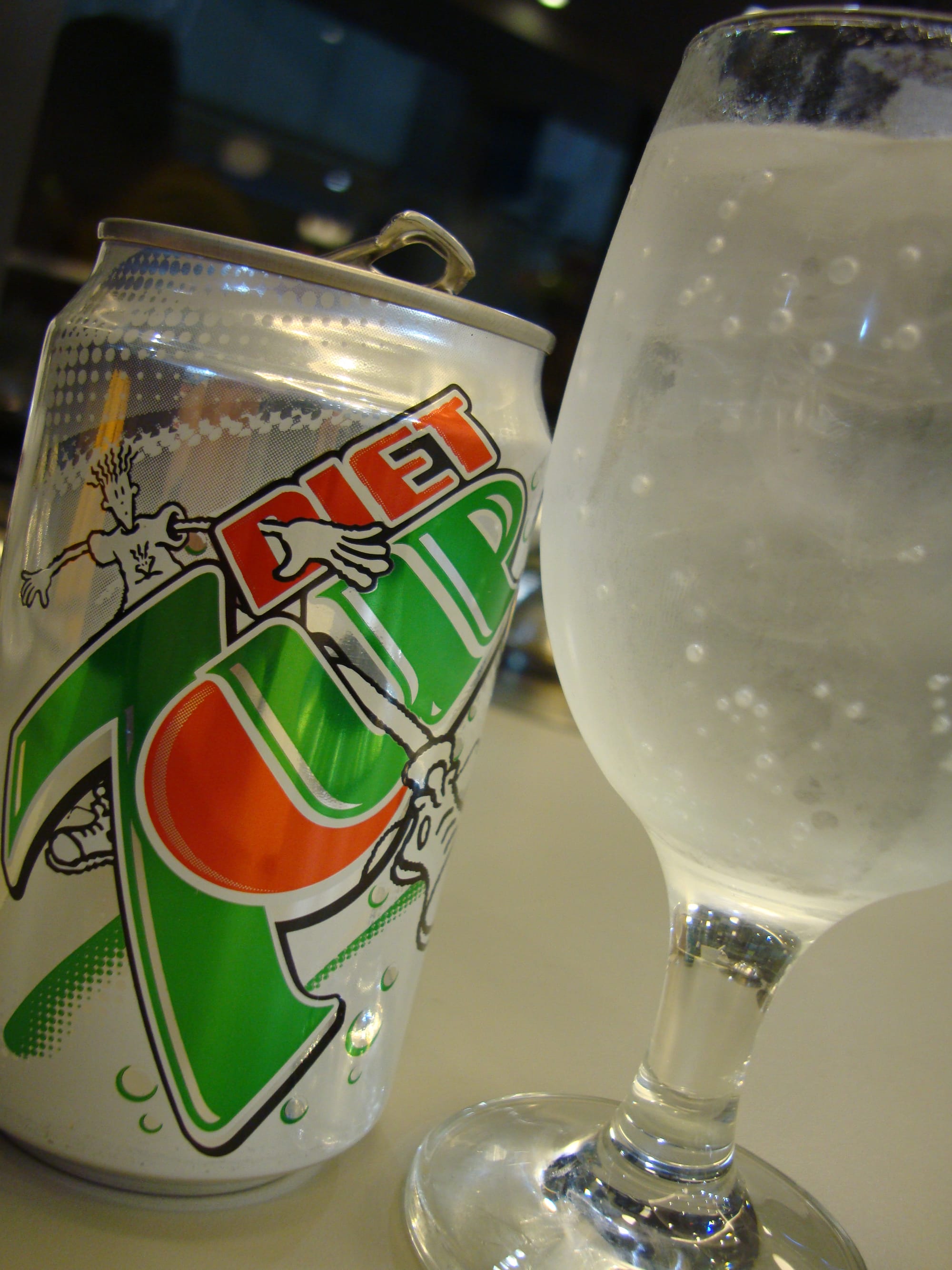
With this shift came a new cultural logic in which indifference and disengagement from traditional political struggles became proof of authenticity. Such authenticity, like 7UP, could be bottled, sold, and consumed. Brands such as United Colors of Benetton offered color-blindness with purchase. Music’s counter-culture began naming clubs after government bodies or military rank. In 1992, Gabrielle Salvatores’ won an Oscar for reimagining war as rom-com. While contractually bound to the directives of the PepsiCo corporation, Fido refused to let a multinational food and beverage giant define his outlook on life. Instead, he lived according to his own mantra. Like these other campaigns of the time, the message it contained was as self-aggrandising as it was laid-back. His motivating chant went:
Fido is for Fido. Fido is against no one. Fido is youth. Fido has no age. Fido sees everything. Fido judges nothing. Fido is smart. Fido is innocent. Fido is powerful. Fido comes from the past. Fido is the future.
Between 1990 and 1994, Fido expanded his professional portfolio, taking up additional work with television broadcaster CBS. Here, in a series of break bumpers aired during this period, Fido introduced American audiences to an extended circle of friends—Lido Dido, Eff Dee, Boy, Doodles, and the unfortunately named Doody—as well as to his pets, a cat named Gato and a dog named Fido. These ancillary characters didn’t develop storylines or personalities. If anything, they existed to reassert Fido’s own persona: relaxed, playful, irreverent enough to shrug off the brand affiliation that might have been mistaken for his raison d’être. In hindsight, the bumpers now read as a preview of a media sensibility to come. Advertising was moving away from aspirational icons and toward something far more amorphous. Brands now sold attitudes and affects: a vibe shift toward vibes.
Even the most angular of characters has a story arc. The cool detachment that enabled Fido to appear before an audience without the 7UP brand would, by 1995, come detached from Fido himself. In 1996, 7UP began airing a new series of adverts in which green bottles and cans materialise from all directions, ready to be caught by teens and young adults, where the mundane act of walking down the street invites open mouthed laughter. Atop this unsettling bricolage, Sheila E assures the viewer that the 7UP attitude is "clear and wonderful and totally fine." Perhaps Fido didn’t vanish so much as opt out of a campaign mistaking chaos for chill.
Fido Dido is survived by the Coca-Cola Polar Bear and the Domino’s Noid—the former inheriting his chill, the latter his bizarre geometry.

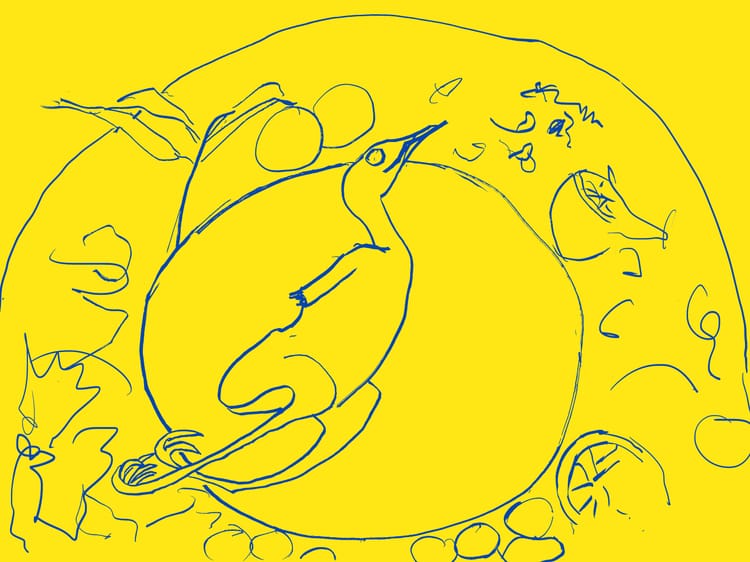
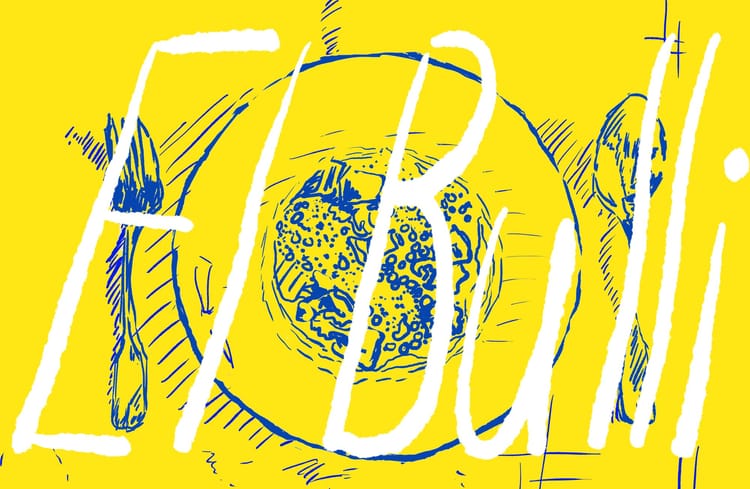
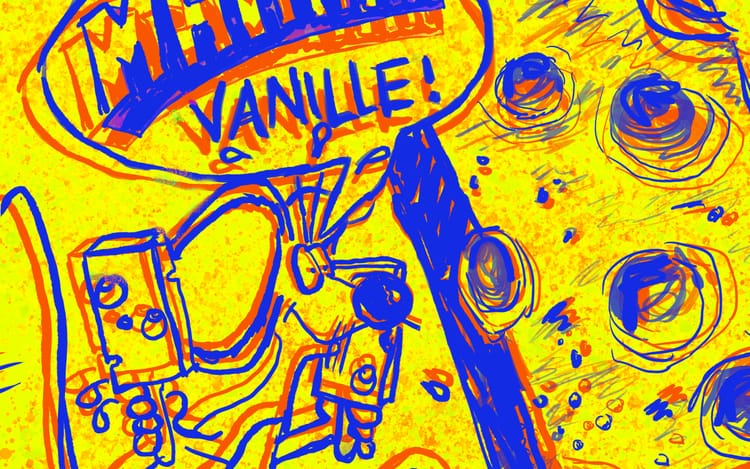
Comments ()